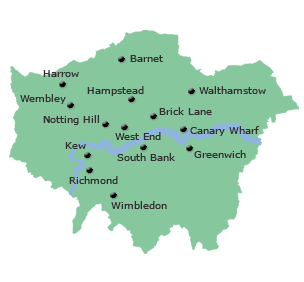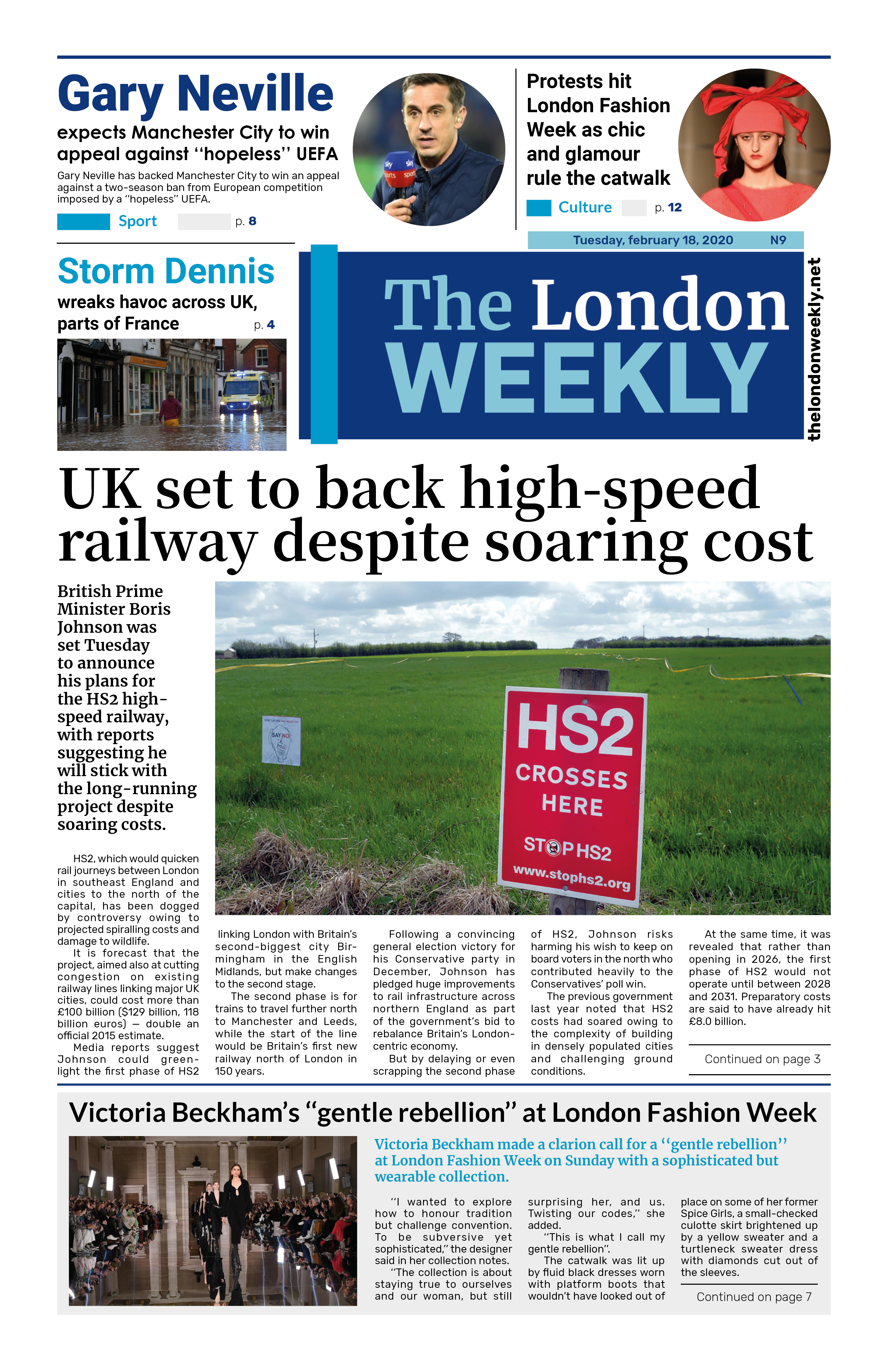
The British pound was poised for its largest weekly gain against the U.S. dollar in nearly four months on Friday, continuing to benefit from a weakening greenback rather than any significant
domestic strength.
Sterling rose 0.14% to $1.13745, hovering just below Thursday’s peak of $1.37701 — its highest level since late 2021.
Against the euro, however, the pound remained largely unchanged at 85.24 pence. This stability reinforces the idea that the recent move in the pound-dollar exchange rate — known in financial markets as "cable" — is being driven primarily by dollar weakness.
“The gains in cable reflect mostly this year’s weakness in the dollar and the strength of the euro, which has dragged the pound higher due to the limited parameters of the EUR/GBP trading range,” analysts at Rabobank noted.
So far this week, the pound has risen 2.2% against the dollar, marking its strongest performance since early March. The dollar’s earlier strength, seen during the Israel-Iran tensions, has since faded. [FRX/]
Domestically, the main support for sterling has come from the Bank of England’s cautious approach to interest rate cuts. Unlike the European Central Bank, the BoE has held off on easing policy, as UK inflation remains persistently high.
“Core inflation in the UK has basically stopped moving for the past year — hard to say why,” said Michael Pfister, FX analyst at Commerzbank. “BoE officials are quite concerned. That makes it difficult to cut rates, and the economic outlook isn’t improving.”
Political developments in the UK are also being watched closely. Rabobank analysts pointed to concerns around the country's high debt-to-GDP ratio and current account deficit.
This week, Prime Minister Keir Starmer significantly watered down proposed welfare cuts following pushback from over 100 Labour Party lawmakers. The original plan aimed to save £5 billion ($6.9 billion) annually from the rapidly growing welfare budget.



































